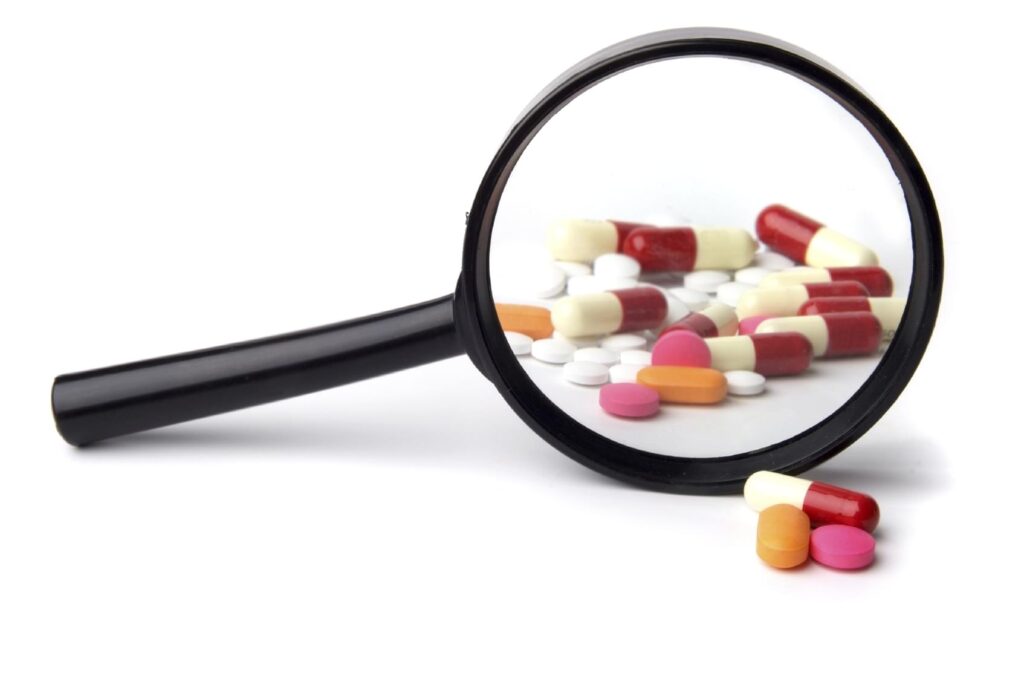
Pharmaceutical salt screening is a crucial technique in the development of medications. It involves selecting the most suitable salt form for a drug to enhance its bioavailability, stability, and solubility. Many drugs, particularly those with poor solubility, benefit significantly from this process as it improves their absorption and therapeutic effect. By optimizing the physical and chemical properties of a drug through salt screening, researchers can streamline the formulation and manufacturing process, ensuring the drug is easier to produce and more stable over time. This technique ultimately leads to the creation of safer, more effective pharmaceuticals, improving patient outcomes and treatment efficacy.
Let us delve into five key uses of pharmaceutical salt screening.
Improving solubility
Enhancing a drug’s solubility is one of the primary purposes of pharmaceutical salt screening. Due to their low solubility, many medication molecules may be more difficult for the body to absorb. It is possible to improve a drug’s solubility and facilitate its efficient absorption by transforming it into its ideal salt form.
Enhancing stability
The purpose of pharmaceutical salt screening is to make medicinal molecules more stable. Environmental elements like heat or moisture can cause certain medications to deteriorate or lose their efficacy over time. Salt screening helps find the most stable salt form to guarantee that the medication keeps its efficacy during its shelf life.
Optimizing bioavailability
Pharmaceutical salt screening also plays a significant role in improving a drug’s bioavailability, or the quantity that enters the bloodstream and reaches the intended location in the body. Rapidly dissolving salt forms in the digestive tract can increase bioavailability, resulting in quicker and more efficient therapy effects.
Easing formulation and manufacturing
Additionally, salt screening makes the process of producing and formulating drugs simpler. Certain salt forms are more suited for large-scale manufacturing because they are simpler to handle, process, and scale up throughout production. This keeps medicine batches uniform in quality while lowering production costs.
Modifying drug release
Pharmaceutical salt screening is a useful tool for managing medication release inside the body. When creating drugs with prolonged release, it might be helpful to employ salt forms that dissolve more slowly. This enables the drug’s benefits to be sustained over time by releasing it gradually.
To sum up
Pharmaceutical salt screening remains a critical aspect of drug development, ensuring medications achieve maximum bioavailability, stability, and solubility. This process enhances the overall effectiveness of therapies, leading to safer, more reliable pharmaceuticals that improve patient outcomes and treatment success.






